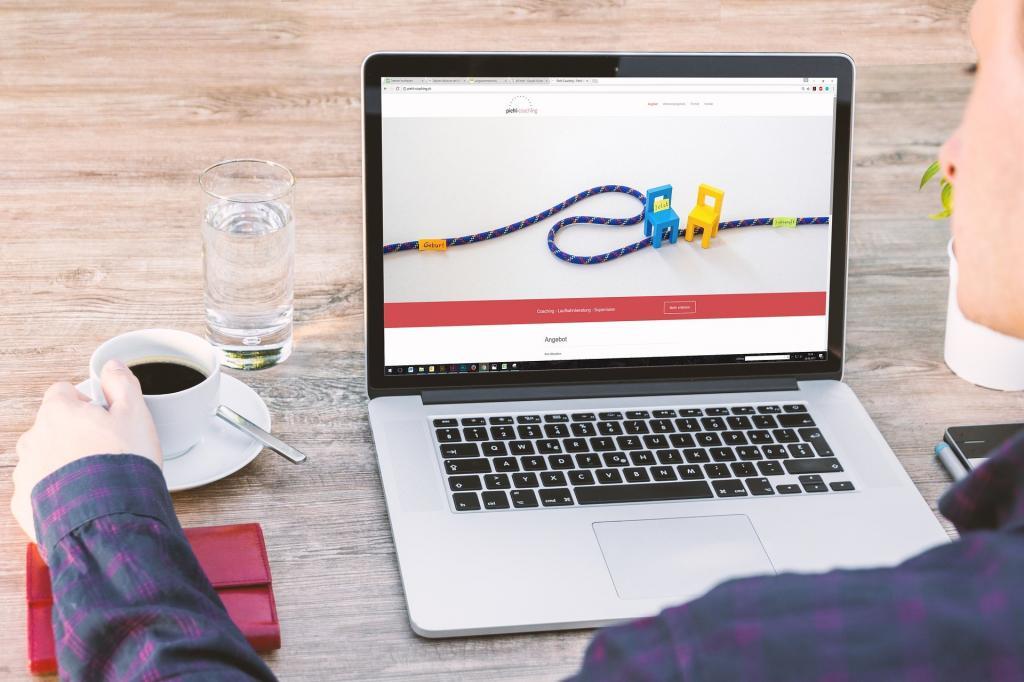Mot companies and businesses now know that their websites need to be responsive. Not only do their consumers expect it, but Google itself will use the quality of this responsive design to rank the website appropriately. Especially when a user is searching on a mobile device. So in order to rank highly, and get the majority of the traffic, a well designed, responsive website is a must. But what exactly is a responsive design? And how does this relate to visual imagery? Well, here at Pumpkin Web Design Manchester, we are Manchester’s leading web design experts. And we work with companies and businesses across the region to provide top quality, effective, web design solutions. Including Blackburn and Chorley. As a result, we have produced this guide to visual imagery and responsive web design.
What is responsive web design?
A responsive website is designed to alter the contents on the screen, depending on the screen size and orientation of the device used to view it. This means that your website will automatically change and adapt to give the users the best possible experience for the device they are using. And all content will need to be adjusted to achieve this, including images, text, links and videos.
Since the the introduction of the mobile first algorithm, Google is focused on ensuring the best possible results for users. And this means that the higher ranking websites, will be the ones that are fully optimised and accessible on mobile devices.
Visual imagery and responsive web design
As the nature of responsive design means that the rotation, and size of the content displayed, will change and alter, this can have a negative impact on the visual imagery. In fact, the imagery is one of the key considerations you need to take into account when creating any responsive website. This includes:
- hero images
- video content
- image links
- icons
- typography
Hero images
While hero images are stunning attention grabbers for desktop users, they might not be necessary at all for mobile design. After all, people who pick up their mobile to search for information, generally want to find immediate answers. So for mobile design, instead of wasting the above the fold space with a large image, you could consider instead adding a persuasive feature or call to action to this part of the website instead. This should be something that can be altered using responsive design.
Video content
Mobile screens are a lot smaller than desktops or laptops, which goes without saying. But this size difference can have a knock on effect on the quality of the video playback. You will need to make sure that your video is suitable for all screen sizes, and triple check the outcome when using different devices to watch the playback.
Icons
Generally speaking, icons are small to begin with. So when transferring these to mobile design, it isn’t always practical. In some cases it can be better to remove the icons altogether, from a mobile website. This is because they are often too small to be clicked on effectively. And this can be frustrating for users.
For more information or advice about visual imagery and responsive web design, or for professional web design support, get in touch with the experts today, here at Pumpkin Web Design Manchester.

